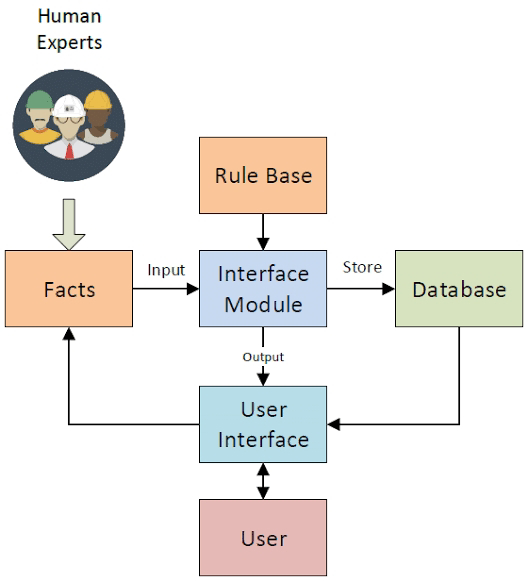Exploring the Role of Semantic Networks in Artificial Intelligence !!

Abstract Semantic networks are a form of knowledge representation used in artificial intelligence, linguistics, and cognitive science. They consist of a set of nodes (representing concepts or entities) connected by edges (representing relationships between them). These networks visually represent how knowledge is structured and how concepts are related. ### Key Features of Semantic Networks: 1. **Nodes**: Represent objects, concepts, or entities (e.g., "Dog," "Cat," "Animal"). 2. **Edges**: Represent relationships between nodes (e.g., "is a," "has," "part of"). 3. **Hierarchical Structure**: Often organized in a hierarchy, where more specific nodes inherit attributes from more general ones (e.g., "Dog" is a type of "Animal"). 4. **Linking Words/Predicates**: Relationships between nodes are usually labeled with predicates like "is a," "part of," "located in," etc. 5....


